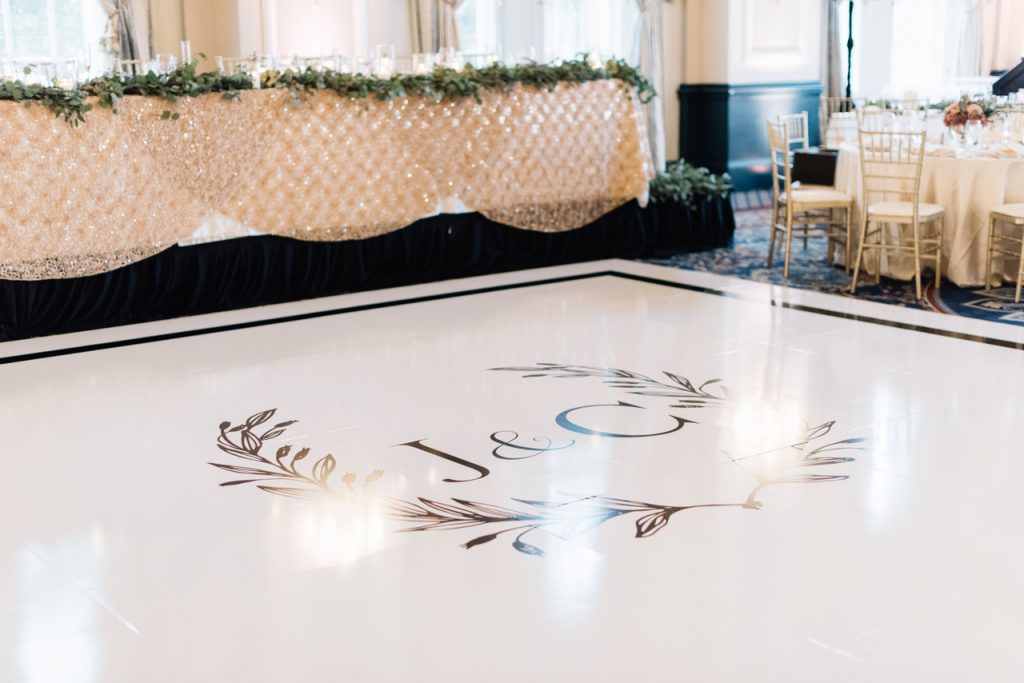Selecting the right components for constructing a long-lasting and secure external performance surface is essential for guaranteeing an pleasurable session. Exterior movement platforms must endure diverse weather conditions while providing a stable surface for performers and participants. Therefore, it is essential to evaluate factors such as material resilience, safety attributes, and maintenance demands when making choices. This guide will examine several appropriate materials and their advantages in creating an outdoor dance floor.
One popular option for exterior dance floors is timber. Lumber provides a classic and warm aesthetic that many consider attractive. Solid woods like maple or oak are particularly favored due to their durability and ability to absorb impact, which can safeguard dancers’ joints. Additionally, timber has natural slip-resistant qualities when finished correctly, minimizing the chance of accidents. However, maintaining a timber dance floor requires routine coating and resurfacing to protect it from humidity and ultraviolet damage, rendering it critical to account for the climate in which the floor will be installed.

Another practical option is synthetic composites, which combine natural fibers with plastic. These composites are designed to be resistant to moisture, mildew, and discoloration from UV exposure. Synthetic dance floors offer longevity comparable to conventional wood without the intensive upkeep. They are less susceptible to distortion and cracking than natural wood floors when exposed to harsh environmental conditions. In addition, composite materials often have click resources integrated slip resistance features, making them a safer choice for outdoor occasions.
For those looking for a more contemporary approach, modular tiles made of PVC or rubber are reliable alternatives. These tiles are crafted for hassle-free setup and can be reconfigured or replaced as required. The flexibility of using interlocking tiles permits rapid assembly and breakdown, making them suitable for short-term dance venues or festivals. Additionally, these flooring types provide cushioning that improves comfort while dancing and reduces the likelihood of injuries caused by falls. The sealed nature of PVC and rubber also inhibits water absorption, further prolonging the lifespan of the flooring.
Finally, it Visit This Link is crucial to consider the site and planned function of the exterior dance floor when choosing components. For instance, if the dance floor will be situated in a high-traffic area or subjected to harsh weather regularly, opting for durable surfaces that require low upkeep will be essential. On the other hand, for less intense use or in more sheltered locations, lighter materials may suffice. In any case, prioritizing safety features such as grip and impact resistance should stay at the forefront of planning.
In conclusion, building a durable and safe outdoor dance floor requires thoughtful assessment of various materials appropriate for different environments and purposes. Wood offers timeless beauty but requires diligent maintenance; composite materials balance aesthetics with resilience; interlocking tiles offer versatility and ease of use. Ultimately, understanding the specific needs of the dance floor's intended use will guide decision-making toward choosing the most appropriate material for an enjoyable and safe dancing experience outdoors.